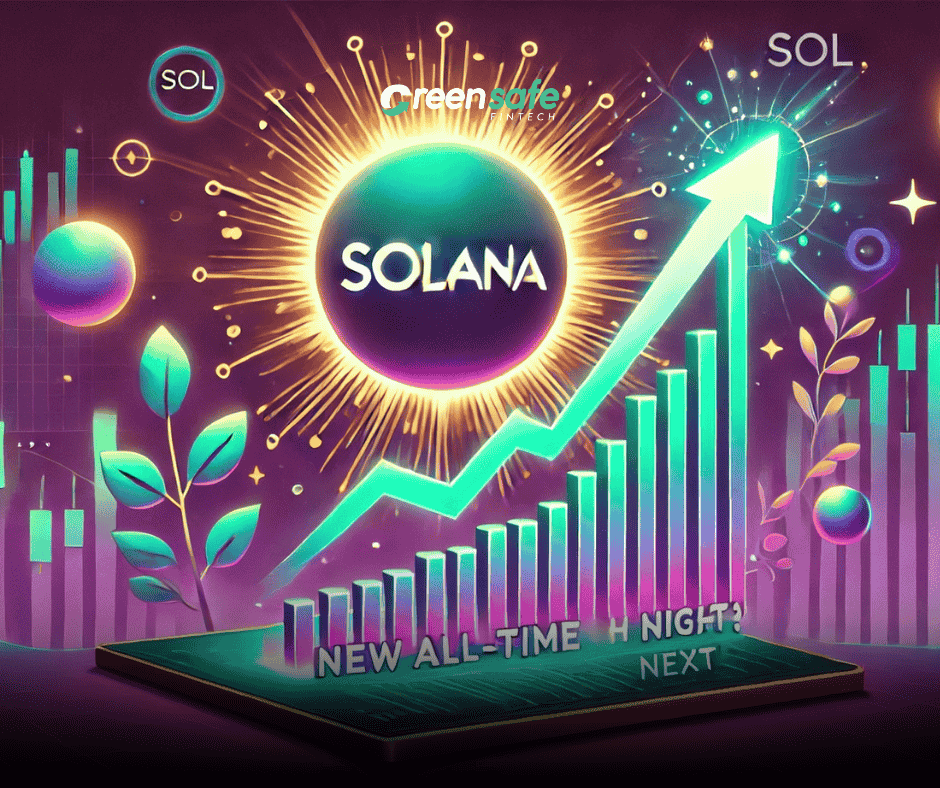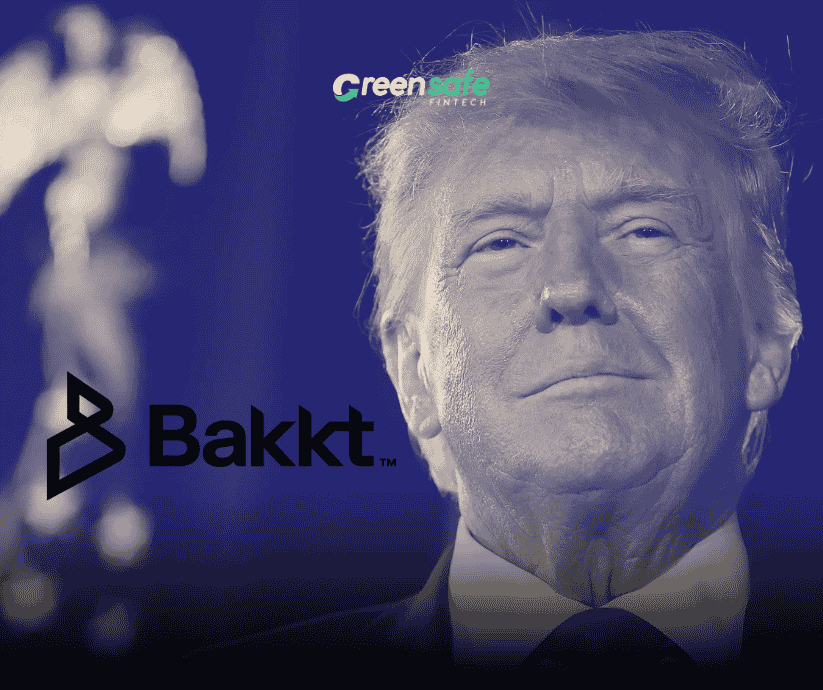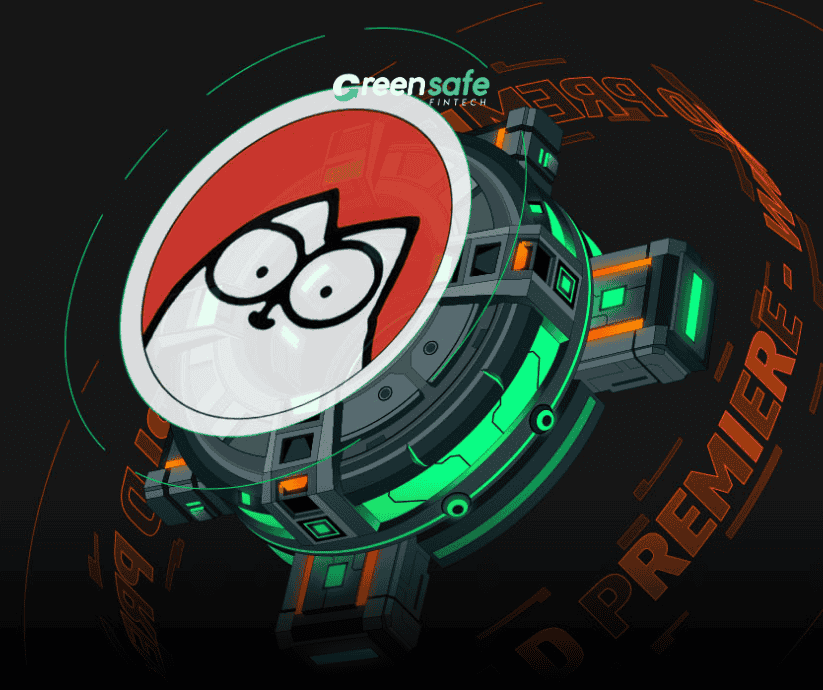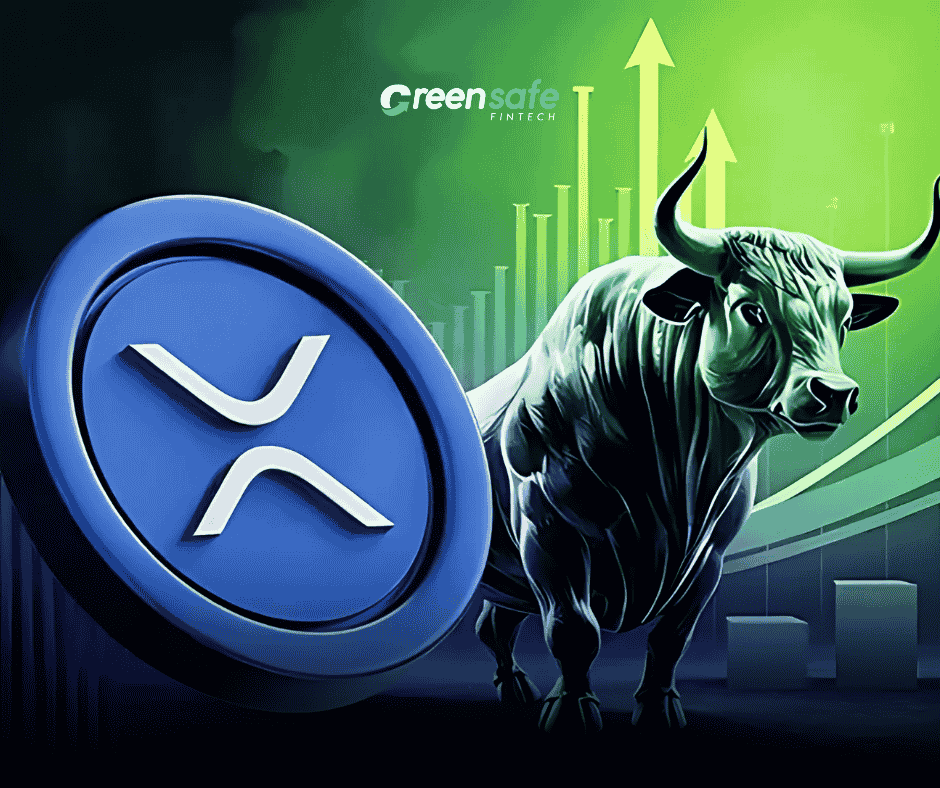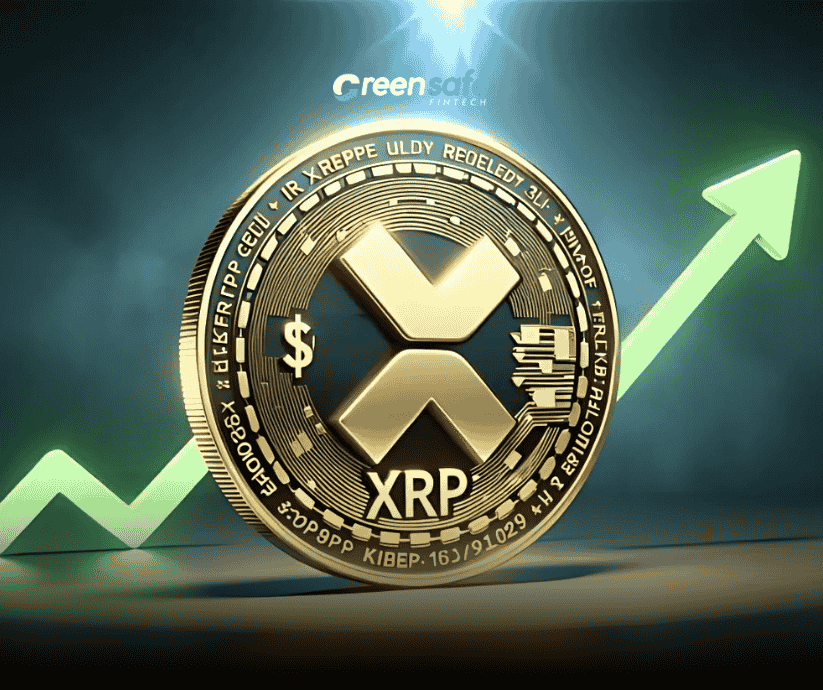Today (July 1), the cryptocurrency market is seeing significant gains, with Bitcoin (BTC), Ethereum (ETH), Solana (SOL), and several others showing substantial growth. Ripple’s XRP, however, is trailing behind, experiencing a modest daily increase of 1.1% and currently trading around $0.47, according to CoinGecko’s data.
Some analysts remain optimistic about XRP’s future, predicting a potential bull run that could push the asset to new all-time highs. Notably, EGRAG CRYPTO, an active X user, highlighted that XRP’s monthly candle formation closed above the major resistance level of Fibonacci 0.236, describing it as a “natural consolidation.” He anticipates a surge to Fibonacci 1.618, reaching approximately $6.40.
Analysts Brett Hill and Armando Pantoja are also bullish on XRP. Hill suggests that XRP’s next target could range between $2.90 and $16.10, while Pantoja identifies three key factors that might propel the price towards the $5 mark. One critical factor is the resolution of the ongoing Ripple v. SEC legal battle, which has persisted for over three years. Ripple appears to have the upper hand after securing three significant, albeit partial, court victories in 2023.
Each legal win has historically triggered a price rally for XRP, and many industry observers believe a decisive victory for Ripple could spark another surge. For those interested in a deeper dive into the lawsuit and its potential impact on XRP’s valuation, check out our dedicated video below:
Previous Forecasts and Market Sentiment
Last month, EGRAG CRYPTO forecasted an XRP rally based on a low Relative Strength Index (RSI). The RSI, a technical analysis tool that measures the speed and change of price movements, ranges from 0 to 100. A value above 70 suggests that an asset might be overbought and due for a correction. XRP’s RSI has crossed this threshold only three times in the past 30 days and is currently around 56.
Another prominent X user, JAVON MARKS, predicts a dramatic price increase for XRP, envisioning it skyrocketing to $20 “and even higher” if it replicates its past performance.



